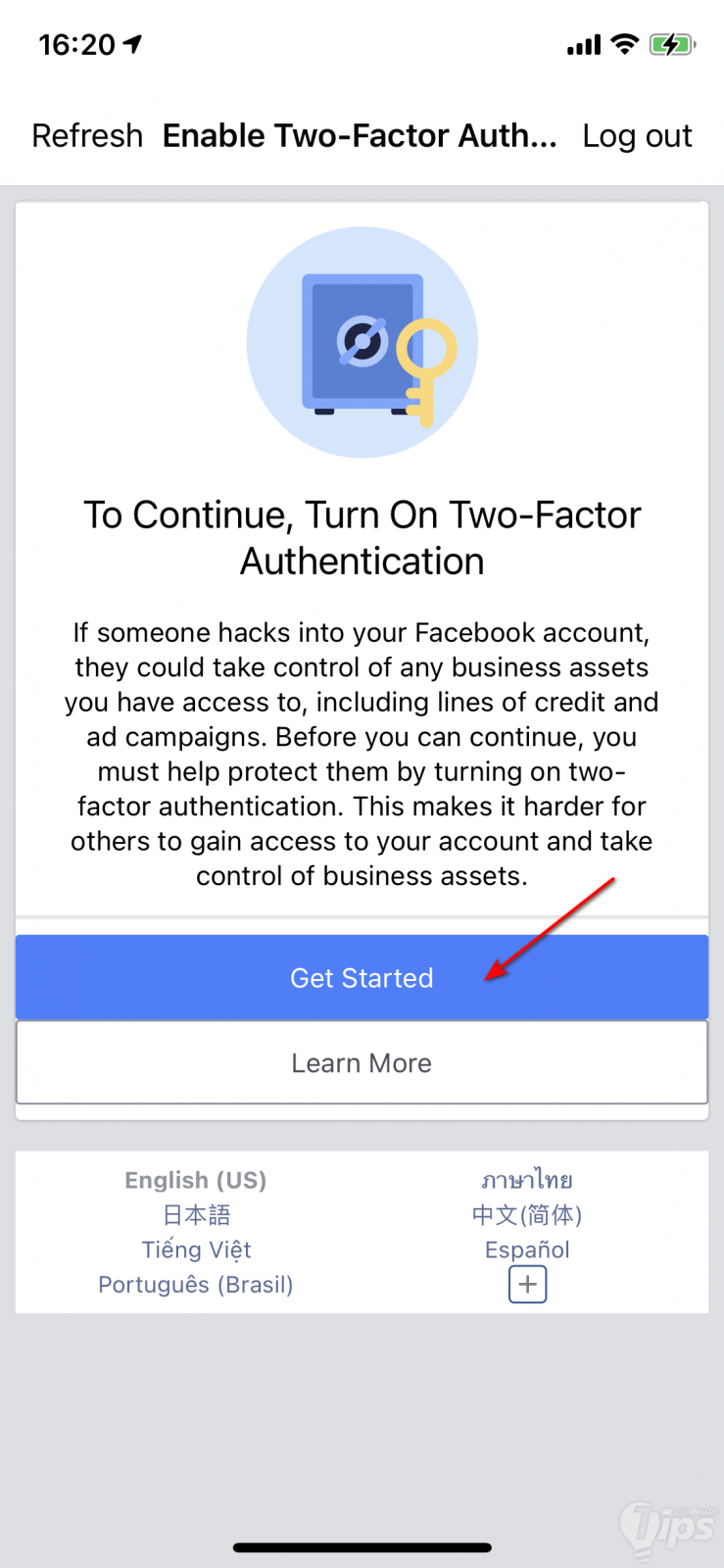

Now, you know exactly how to remove an old account from Google Authenticator.
When you’re prompted to confirm, choose “Remove account” and you’re good to go. Now, tap on the trashcan icon to delete the account from the Authenticator app. 
Here, tap on the pencil icon next to the account that you want to remove.
 This will take you to the menu where you can rearrange all your accounts. Next, choose “Edit” from the context menu to proceed. When you’re on the main screen with the list of all your 2FA codes, tap on the triple-dot icon at the top-right corner. First, open the Google Authenticator app on your iPhone. Removing an existing account from the Authenticator app is actually pretty straightforward, but a lot of users seem to overlook the option. How to Remove Old Accounts from Google Authenticator on iPhone Hence, you may want to make sure that the app is not ridden with outdated data. But, more often than not, you may still see codes for accounts that you no longer use and the accounts that you disabled 2FA for. Considering 2FA has almost become a standard for online accounts, it’s completely normal to see a page full of codes in the Authenticator app. Storing Touch ID, Face ID, and other cryptographic data, it was first introduced on the iPhone 5s, though that particular device no longer supports iOS 13.Google Authenticator is used by millions of users around the globe to receive two-factor authentication codes and securely sign in to their online accounts. With an update to the Google Smart Lock app on iOS this week, “you can now set up your phone’s built-in security key.” According to one Googler today, the company is leveraging the Secure Enclave found on Apple’s A-Series chips. The login prompt is not just being sent over an internet connection. Your phone security key needs to be physically near (within Bluetooth range) the device that wants to log-in. The latter push-based approach is found in the Google Search app and Gmail, while today’s announcement is more akin to a physical USB-C/Lightning key in terms of being resistant to phishing attempts and verifying who you are. A new solution is using your phone’s hardware to verify that you’re the one logging in.Ī built-in phone security key differs from the Google Prompt, though both essentially share the same UI. However, this is widely regarded as being insecure, and safer alternatives like physical security keys that you plug into your phone or computer are recommended. Most people today are increasingly familiar with 2FA through codes sent via SMS. Most modern iPhones can now be used as a built-in phone security key for Google apps. Last year, Google announced that all Android 7+ devices can be used as two-factor authentication when signing into Gmail, Drive, and other first-party services.
This will take you to the menu where you can rearrange all your accounts. Next, choose “Edit” from the context menu to proceed. When you’re on the main screen with the list of all your 2FA codes, tap on the triple-dot icon at the top-right corner. First, open the Google Authenticator app on your iPhone. Removing an existing account from the Authenticator app is actually pretty straightforward, but a lot of users seem to overlook the option. How to Remove Old Accounts from Google Authenticator on iPhone Hence, you may want to make sure that the app is not ridden with outdated data. But, more often than not, you may still see codes for accounts that you no longer use and the accounts that you disabled 2FA for. Considering 2FA has almost become a standard for online accounts, it’s completely normal to see a page full of codes in the Authenticator app. Storing Touch ID, Face ID, and other cryptographic data, it was first introduced on the iPhone 5s, though that particular device no longer supports iOS 13.Google Authenticator is used by millions of users around the globe to receive two-factor authentication codes and securely sign in to their online accounts. With an update to the Google Smart Lock app on iOS this week, “you can now set up your phone’s built-in security key.” According to one Googler today, the company is leveraging the Secure Enclave found on Apple’s A-Series chips. The login prompt is not just being sent over an internet connection. Your phone security key needs to be physically near (within Bluetooth range) the device that wants to log-in. The latter push-based approach is found in the Google Search app and Gmail, while today’s announcement is more akin to a physical USB-C/Lightning key in terms of being resistant to phishing attempts and verifying who you are. A new solution is using your phone’s hardware to verify that you’re the one logging in.Ī built-in phone security key differs from the Google Prompt, though both essentially share the same UI. However, this is widely regarded as being insecure, and safer alternatives like physical security keys that you plug into your phone or computer are recommended. Most people today are increasingly familiar with 2FA through codes sent via SMS. Most modern iPhones can now be used as a built-in phone security key for Google apps. Last year, Google announced that all Android 7+ devices can be used as two-factor authentication when signing into Gmail, Drive, and other first-party services.










